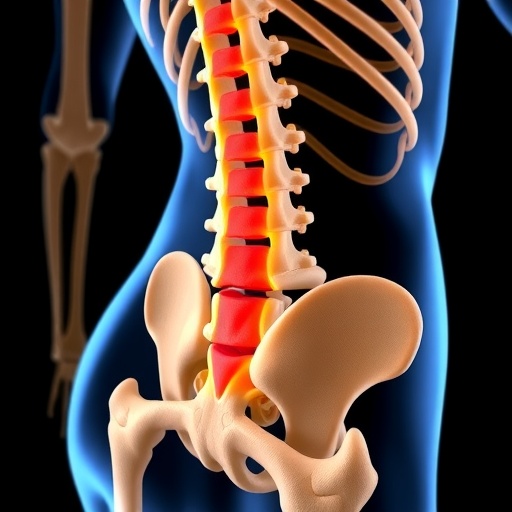A posthoc analysis of COMPASS trial data focuses on two clot-removal approaches to major strokes caused by a blocked large brain vessel

Credit: © USF Health
TAMPA, Fla. (Aug. 10, 2020) – In certain patients suffering a severe ischemic stroke, a mechanical device can be used to remove a clot blocking blood flow to the brain. The minimally invasive procedure either suctions the clot directly out of a large artery to the brain (known as aspiration thrombectomy), or by grabbing and extracting the blockage with a stent (stent-retrieval thrombectomy). Last year, a major trial known as COMPASS found both catheter-guided techniques to be equally safe and effective as first-line approaches for treating emergent large vessel occlusions (ELVO), the most destructive type of ischemic stroke.
Now, a multicenter study led by the University of South Florida Health (USF Health) Department of Neurosurgery and Tampa General Hospital, reports that clot perviousness, or permeability – the ability for contrast used during the initial imaging workup to seep through a clot, as estimated by CT imaging – is associated with “first-pass success” in ELVO patients initially treated with the aspiration thrombectomy approach.
Findings from this posthoc analysis of 165 eligible patients enrolled in the COMPASS trial were published July 17 in the Journal of Neurointerventional Surgery.
First-pass success means achieving complete reopening of a blocked artery in the first attempt with a thrombectomy device. The treatment success of the stent retriever-first approach for a large vessel occlusion stroke was less dependent on clot perviousness, the study found. Time-sensitive, successful removal of the clot restores blood flow (and therefore oxygen) to the brain, improving the likelihood of faster stroke recovery and reduced complications and disability.
The data is the first to indicate that highly pervious clots may result in better treatment success after first attempt clot removal using the aspiration thrombectomy technique. However, clots with low perviousness are more resistant to either thrombectomy approach, the researchers report, and more research is needed to determine the most effective way to treat ELVO in this population of patients.
“Currently, physicians who treat strokes with thrombectomy are ‘in the dark.’ We have a variety of tools available but, frankly, we often don’t know which particular device will be most effective in a particular patient,” said the paper’s lead author Max Mokin, MD, PhD, associate professor of neurosurgery and neurology at the USF Health Morsani College of Medicine and Tampa General Hospital. “This study provides the first set of clues to guide us in selecting the devices (aspiration and/or stent retrievers) that may provide the most advantage, making the thrombectomy procedure safer, faster and ultimately more effective.”
Dr. Mokin specializes in neurointerventional surgery for the USF Health and Tampa General Hospital, one of the largest academic medical centers in Florida. He leads a three-year National Institutes of Health grant investigating how patient brain vessel anatomy interacts with clot removal devices. The goal is to optimize endovascular approaches for treating acute ischemic stroke, a leading cause of death and long-term disability worldwide.
Media Contact
Anne DeLotto Baier
[email protected]
Original Source
https:/
Related Journal Article
http://dx.




